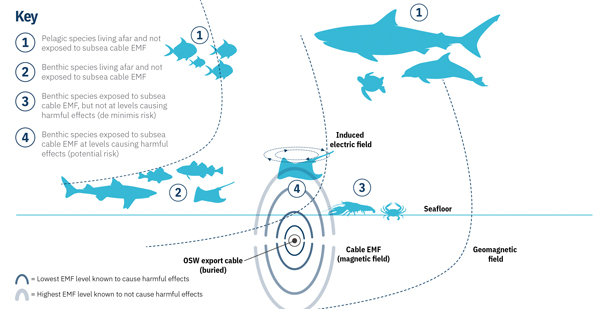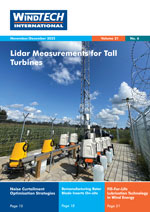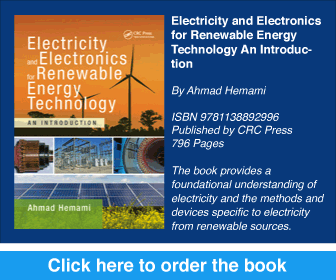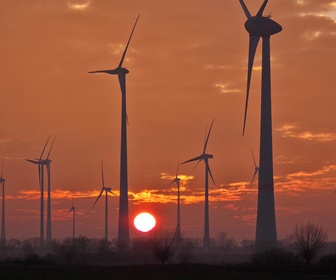 Harnessing an Agent-Based Model to Support Impact Assessments
Harnessing an Agent-Based Model to Support Impact AssessmentsOffshore wind (OSW) is an important component of the transition to renewable energy in the USA. OSW projects generate electromagnetic fields (EMFs), which may impact marine organisms. In pre-construction assessments of these impacts, modelled EMFs are compared with literature-derived effect thresholds for sensitive marine organisms. However, it is frequently unclear whether some literature-derived effects are meaningful at a population level. In the absence of data, biologically detailed models, such as agent-based models (ABMs), can tie exposure and effects together. Here, we describe an ABM that simulates an electrosensitive organism, little skate, swimming in the presence of a direct-current magnetic field generated by undersea OSW cables. The model simulates behavioural effects from EMF exposure on individuals in a modelled population and translates the effects into an energetics basis, providing a quantifiable metric of the effect of exposure on population viability. Through a proof-of-concept application, we show that ABMs can help support EMF impact assessments by helping to evaluate potential exposure effects in a context relevant to fisheries management.
By Daniel Dawson and Damian Preziosi, Integral Consulting, USA










